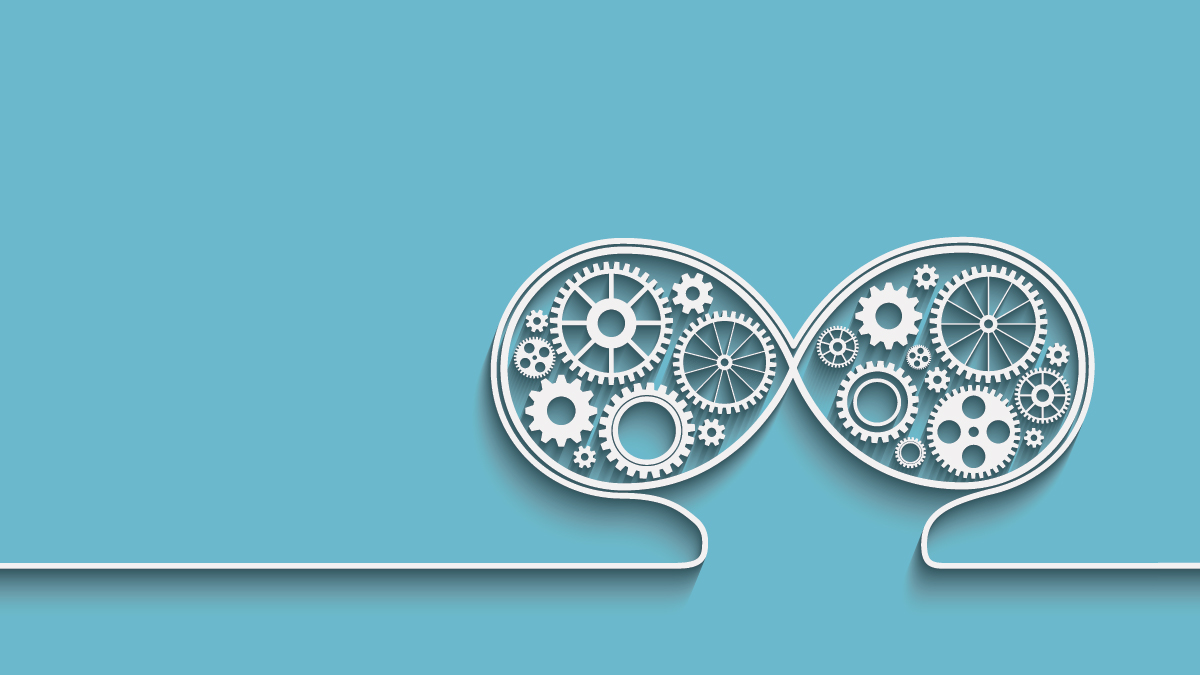
Everything You Need to Know About Shift Left Testing

It’s becoming increasingly important for organizations to “Shift Left.” Shift Left refers to the practice of starting testing earlier in the software development lifecycle, thus a “shift left” in the project timeline. By using the Shift Left methodology, companies can focus on quality from day one of a project in order to identify and correct defects as they come up. It demands accountability and increased communication with all stakeholders in the process to ensure the project is staying on track. The practice of shifting left crosses over the broader software development and testing movement towards Agile testing, continuous integration (CI) and continuous delivery (CD).
Continuous integration is the process by which software engineers continuously update working copies of code to a shared location several times a day. When CI is used during the software development process, companies can expect to realize stability, speed and reliability since teams of people are all working on the same product in real-time. Continuous integration falls under the umbrella of continuous delivery, which describes several aspects of iterative software application development.
Agile is another important component that connects with Shift Left. The term “agile” is used to describe methodologies for incremental software development. In Agile development, more emphasis is placed on people making decisions as a team and collaborating often, in addition to using continuous testing, continuous planning and continuous integration.
One of the main benefits of using Shift Left is that it allows developers to find errors earlier in the software development lifecycle, and it allows them to reduce the time between releases — thereby improving software quality. In addition, it has been well known for some time now that defects are more difficult and expensive to fix the later they are found in the lifecycle. This is one reason why treating testing as a sequential phase at the end of waterfall development has long been viewed as a major pitfall of system and software testing. Just as a refresher: the waterfall model is a sequential software development process model that follows pre-set defined phases, which include analysis, design, coding, and testing. Agile is basically the complete opposite and the response to waterfall, in that it aims to make testing an activity that is done from the very beginning of the app development lifecycle instead of as a sequential process.
As companies focus more on Shift Left and Agile testing, they will see dramatic improvements in their mobile channel. For example, at Apexon we’ve seen customer use cases where testing cycles that were taking 1-2 weeks are now reduced down to only 2-3 days by implementing the Shift Left methodology, as well as Agile testing and increased automation.







